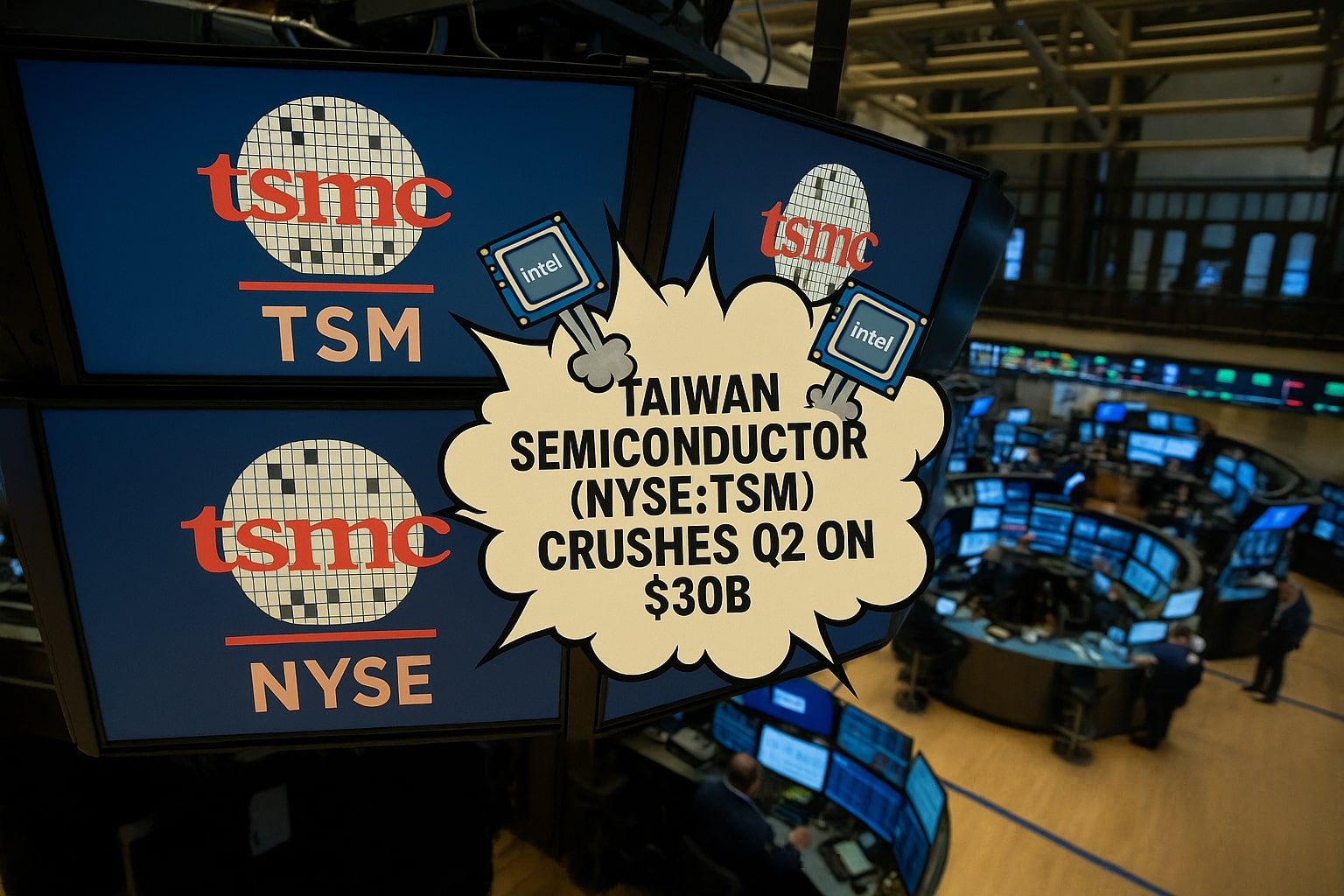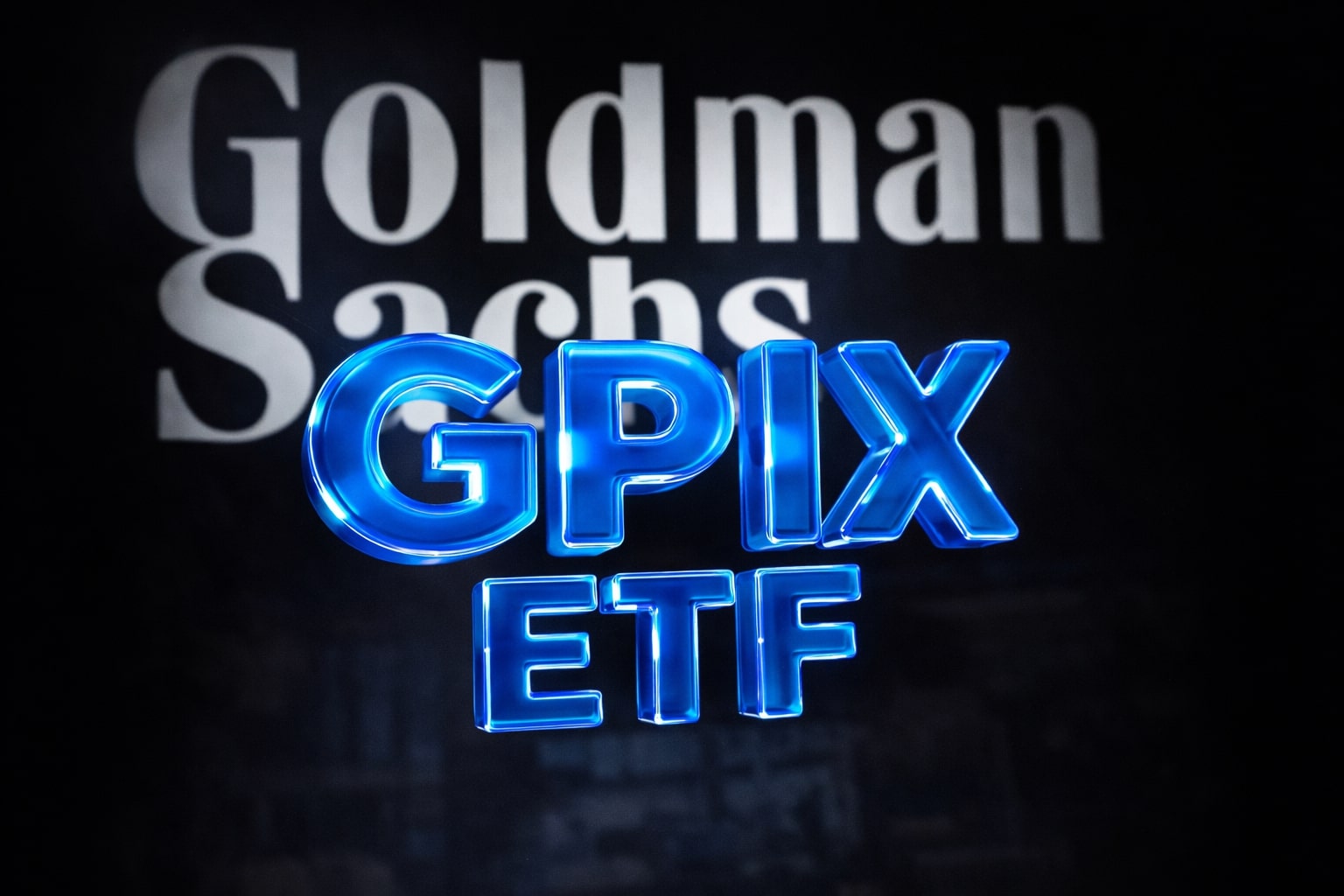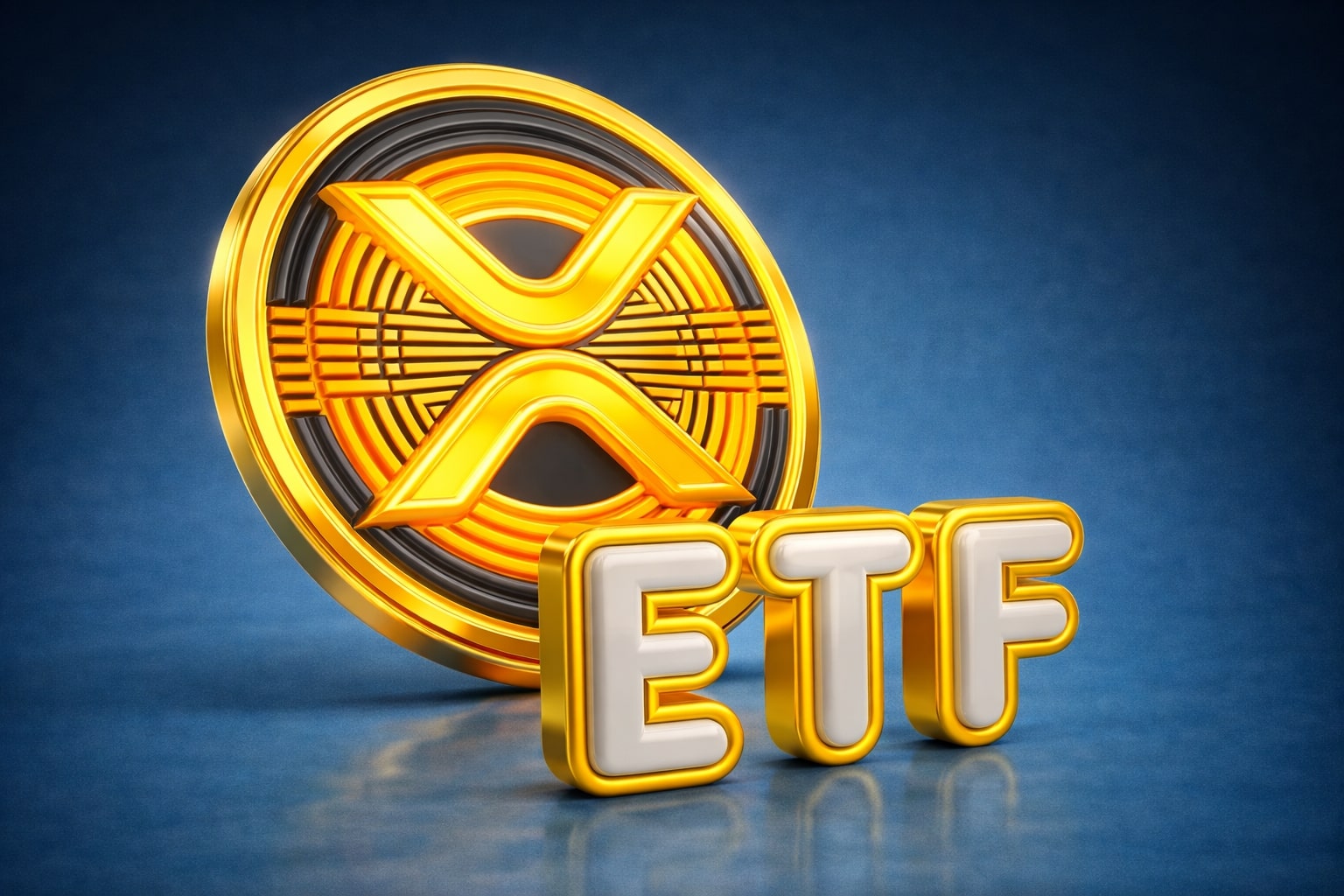
Taiwan Semiconductor (NYSE:TSM) Crushes Q2 on $30B AI-Fueled Boom
TSM stock rallies as advanced chip demand pushes revenue up 38.6%. Margins hold firm, options signal upside, and 3nm leadership drives global share | That's TradingNEWS
Taiwan Semiconductor (NYSE:TSM): Dominating the AI Cycle, Yet Underappreciated by the Market
Explosive Revenue Growth Reinforces Dominance in Advanced Chips
Taiwan Semiconductor (NYSE:TSM) stunned Wall Street with Q2 2025 results that crushed expectations, reporting NT$933.79B in revenue (US$30.07B) — a jump of 38.6% YoY and 11.3% QoQ. This was well ahead of the company’s own guidance of US$28.4B–$29.2B, which it outperformed by up to 5.88%. Even more impressively, it maintained gross margins at 58.6%, barely flinching under rising fab costs. Operating margin came in at a powerful 49.6%, beating the high end of its 47–49% guidance range.
A key force behind this performance is rising global demand for 7nm and 5nm chips — the realm where TSMC reigns unchallenged. In Q2, advanced node wafers (7nm and below) drove 74% of total revenue, and over 60% of the company’s revenue now comes from high-performance computing (HPC) tied to AI inference, data centers, and accelerated compute. This isn’t a cyclical spike. Deloitte forecasts 2025 global semiconductor sales to hit $697B, up 11.2% from 2024, while AI-related chip demand is expected to grow 9.2% CAGR through 2032.
Leadership Position in the Foundry Market Looks Unshakable
No competitor even comes close to TSM’s scale. As of Q1 2025, it held 67% of global foundry market share, up from 62% in Q2 2024, and the company continues to benefit from the industry’s insatiable appetite for AI capacity. With Apple, Nvidia, Qualcomm, and AMD as anchor clients, its long-term pipeline is secured by design wins in the most advanced silicon programs on Earth.
But the runway is even longer. TSMC’s lead in 3nm production is uncontested, and it’s pushing toward 2nm ramp-up in 2026. These nodes command premium pricing and lock in customers long-term due to design ecosystem constraints, effectively insulating the company from commoditization pressures.
Policy and Macro Tailwinds Amplify the Upside
TSMC’s alignment with U.S. industrial policy creates a unique edge. The CHIPs and Science Act has already committed $11.6B in incentives toward its Arizona expansion, and the OBBBA tax credit boosts subsidy rates from 25% to 35% for qualifying chip equipment. These policies not only de-risk TSMC’s U.S. strategy, but also hedge geopolitical exposure to China–Taiwan tension.
At the same time, a weaker U.S. dollar boosts the firm's pricing power. Since TSMC books revenue in USD but reports earnings in NT$, currency depreciation acts as a natural tailwind to net income. Additionally, anticipated Fed rate cuts could ignite another leg of multiple expansion by compressing discount rates on future cash flows.
Valuation Disconnect: Strong Fundamentals, Yet Lower Multiples
Despite rallying past $200, NYSE:TSM trades at just 24x forward non-GAAP P/E, down 13% from 28x at the time of its last upgrade. That’s cheaper than most high-growth peers, despite delivering five straight quarters of 40%+ YoY revenue growth. The stock remains 13% below its fair multiple, based on historical valuations and AI-driven tailwinds.
TSMC’s current RSI levels suggest it is not overbought, and technicals show the post-earnings pullback of 6.7% has created a base. With implied volatility now at 52-week lows (30.3 vs 39.7 average), the options market underprices risk, offering tactical opportunities for those seeking leverage or hedging.
Link to live chart: TSM Real-Time Chart
Margins Face Headwinds, But Still Impress
TSMC management guided FY2026 gross margins at 53%, signaling potential moderation from Q2’s near 59%. That said, even with 2–3% annual margin dilution expected from overseas fabs, the company is not panicking with price hikes. It’s maintaining competitiveness, assuming that volume and node leadership offset pricing pressure. In Q2, EBIT margin actually improved 110 bps QoQ, underscoring strong cost discipline.
While FY2025 capex remains flat at $38–42B, management attributes this to macro caution, not demand weakness. Their stance is clear: wait for more visibility before expanding aggressively, particularly in light of Trump-era trade tariffs and export controls that may still affect fab economics.
Options Market Suggests Strategic Opportunity
TSM’s implied volatility near all-time lows allows for cheap insurance or leveraged bullish bets. For example, an Oct 17 $230 put costs just $12 (5.2% of current price), offering downside protection ahead of the next earnings report. Alternatively, short put structures — especially ATM — offer attractive theta decay and create potential for stock acquisition at discounted levels.
This setup allows institutional and retail investors to capitalize on post-earnings drift and volatility compression, both documented phenomena after major earnings beats.
Tariff Risks Remain, But AI Demand Shields TSM
Even if macro risks or tariffs reemerge in 2H 2025, TSMC appears shielded by structural AI demand. So far, management says no sign of demand being pulled forward, nor cancellations, even with 3nm ramps accelerating. Their customer base — driven by advanced model training, inference, and edge compute — remains highly engaged.
There is still geopolitical risk from U.S.-China tensions, and any deterioration there could impact TSMC's export framework. But with a growing U.S. fab footprint and anchor clients like Apple pushing for domestic sourcing, the firm has risk mitigation mechanisms already in play.
That's TradingNEWS
Read More
-
GPIX ETF Climbs to $52.54 as 8% Yield Turns S&P 500 Volatility Into Income
02.01.2026 · TradingNEWS ArchiveStocks
-
XRP ETF Rally: XRPI $11.54, XRPR $16.35 And XRP-USD At $1.99 Aim For A $5–$8 Cycle
02.01.2026 · TradingNEWS ArchiveCrypto
-
Natural Gas Price Forecast: NG=F Tests $3.50–$3.60 Floor Before LNG Wave
02.01.2026 · TradingNEWS ArchiveCommodities
-
USD/JPY Price Forecast - USDJPY=X Holds Near 157 as BoJ Caution and Fed Cut Bets Drive the Move
02.01.2026 · TradingNEWS ArchiveForex


















